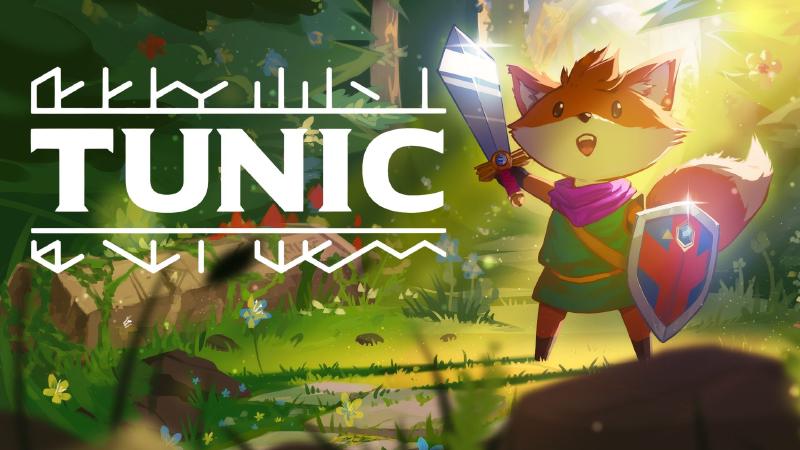Tunic on its surface looks like it’s trying a little too hard to feel like a Zelda game with its sword and shield wielding fox dressed in green and while you wouldn’t be wrong to think it, the similarities stop there.
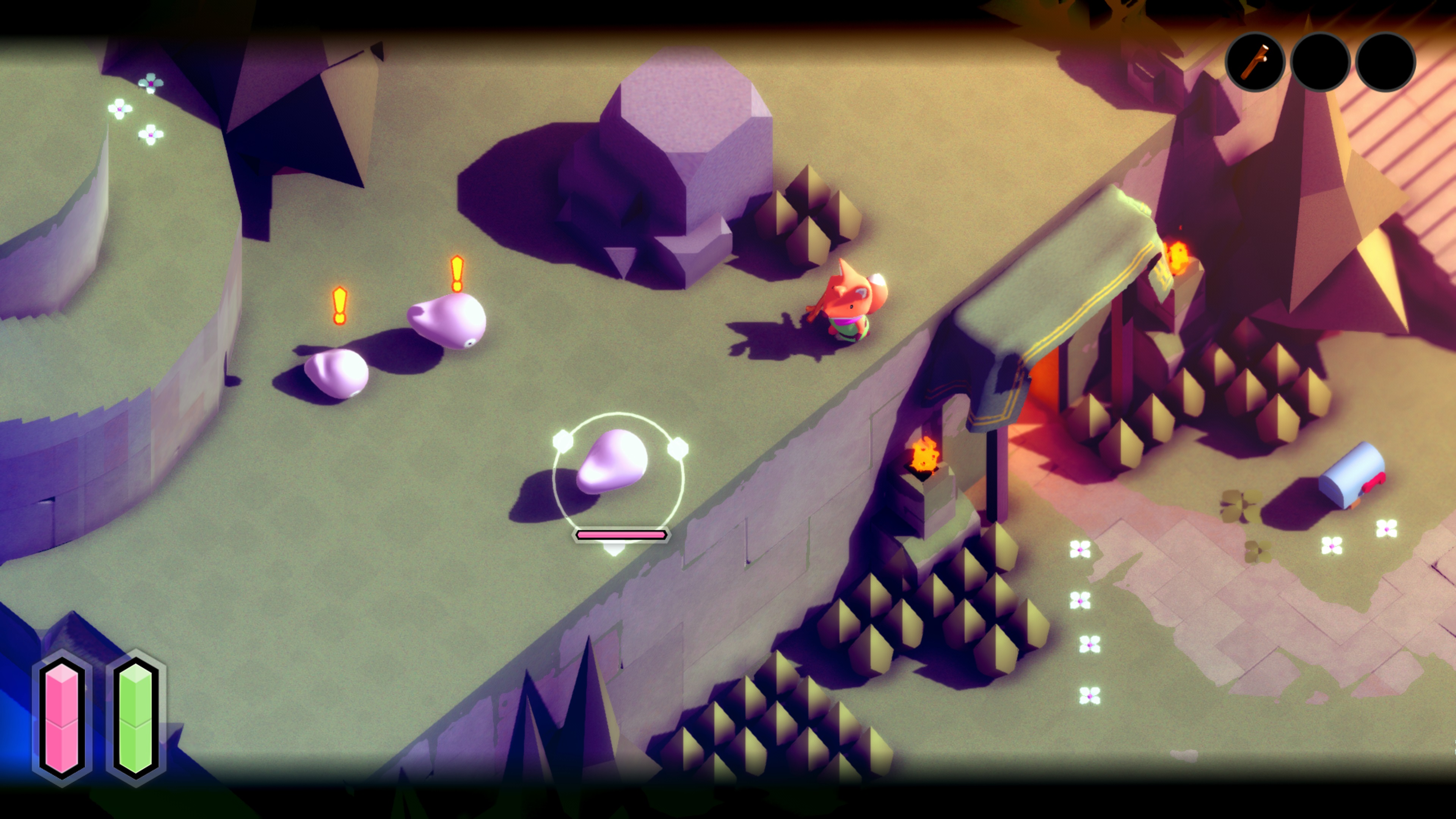
The game starts with you washed up on the shoreline, with no equipment to speak of you head inland to find slime monsters, derelict houses and shrines to creatures similar to yourself. Upon finding your first weapon, you take on the slimes and make your way to the golden gates and discover an imprisoned Fox-like creature in an ethereal purgatory that seemingly has some relationship to you. Visual storytelling forms the basis of Tunic’s narrative and you have to rely on your imagination to understand what unfolds and why. Shortly after being cast out, so begins your adventure of fighting monsters, collecting treasures and solving puzzles in this isometric adventure.

As you explore the world, the loneliness of your journey begins to set in as the haunting and melancholy soundtrack maintains its hold throughout the game – never to pick up the pace outside of boss battles and reminding you at every possible step how isolated you are… barring the murderous creatures.

Spanning deep forests, idyllic coasts, haunted wells, quarries, tombs and secret labs. Tunic sits on the verge of being a dark-fantasy but never really capitalises on the gothic undertones that contradict its art style. While that’s not a bad thing, the darker and more intriguing sections of the game felt more inspired, immersive and closer to the soulslike experience that make up the rest of the game.

Tunic is filled with secrets, secrets and more secrets. Fake walls, obscured passages and hidden codes that refer to the “Holy cross” or the D-Pad will make up the bulk of your gameplay experience. This being said, the game demands an extensive amount of time investment and brain power when it comes to finding clues to your next puzzle and for some that’s going to become a less than favourable chore considering how many secrets there are. Nevertheless, expect your intelligence to be challenged… and in my case, respectfully overestimated.
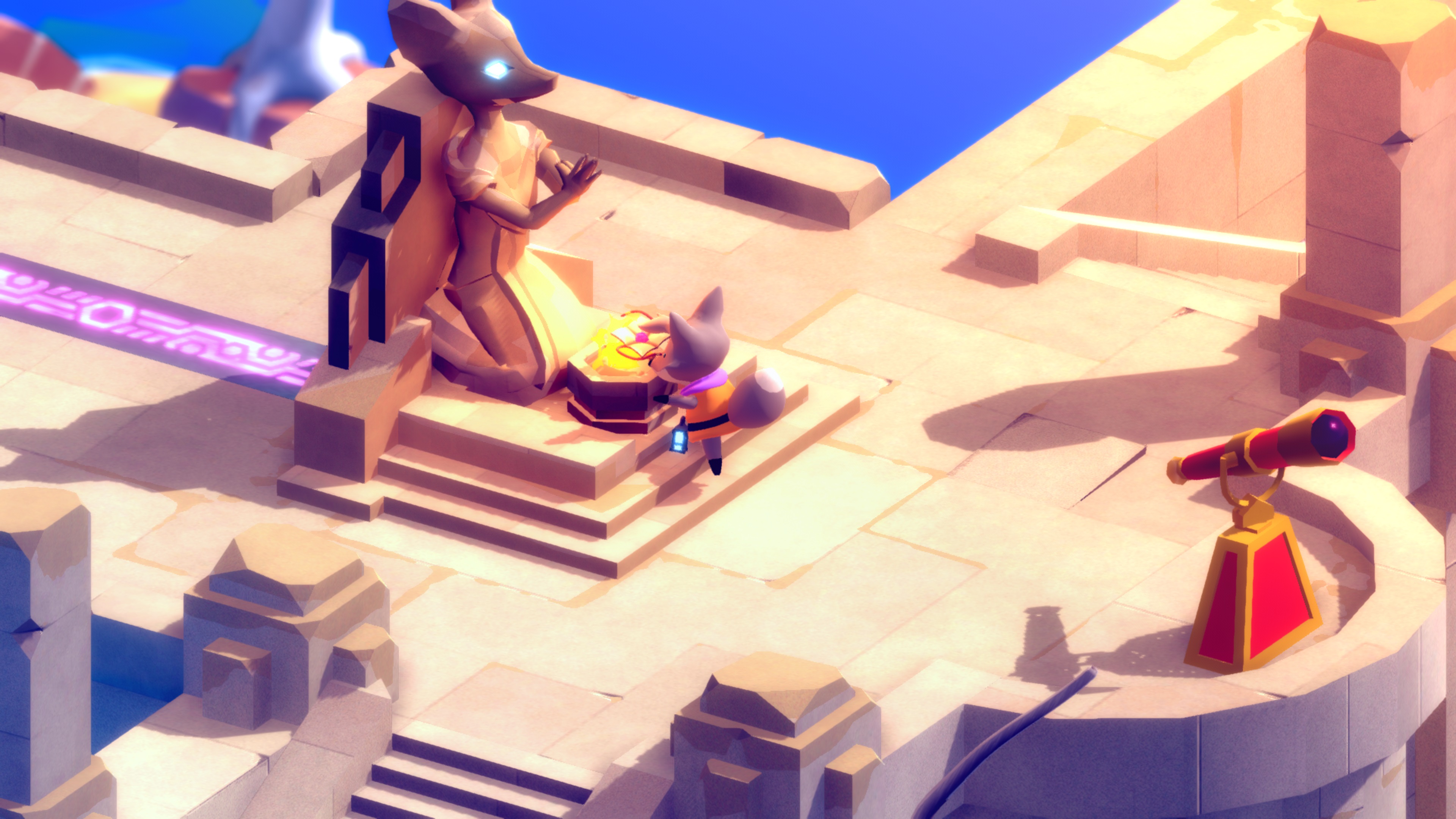
Across the game you’ll find pages of a manual that serves as your charming hint book and lore manual that is reminiscent of every video game booklet from the 80’s and 90’s, chock full of artwork, maps, and descriptions on everything from items to locations. I would also argue that the manual is the juxtaposed strongest and weakest element of the games design. Hints for progression are drip fed to you as you find these cryptic pages and reference the games world more than the “How to play” section would otherwise suggest. The issue I found with hiding basic information behind these collectible pages however is that items are found but they’re never explained… until you find the specific page that relates to them or by wasting them to figure out what they do. I stockpiled a bunch of shrine offerings that I didn’t realise were character upgrades for strength, hp and mana and struggled through the first boss because of it. It wasn’t until after that the game told me how to use them in a page I collected sometime later. The deep lore is also never explained and with the lack of any real text aside from the odd word dappled in-between hieroglyphics, there’s simply not enough narrative to keep a sense of story held together amidst the minefield of puzzles and scattered hints that occupy your grey matter real-estate.

Accessibility options are a godsend for a game that at its core is a soulslike and will forever spur the heated debates around adding an “easy mode”. The “No-fail” and “No stamina restriction” options mean anyone can enjoy Tunic for the puzzle-centric adventure it really is without consequence. Omitting these, expect to struggle and reset from the last shrine you rested at A LOT. Spending countless hours trekking through areas in the hopes of uncovering new locations or finding clues for a puzzle that’s been tormenting you becomes the norm. True to the soulslike brand, you’re going to start rushing past enemies to get to where you were and that leads to some cheap deaths if you’re not careful.
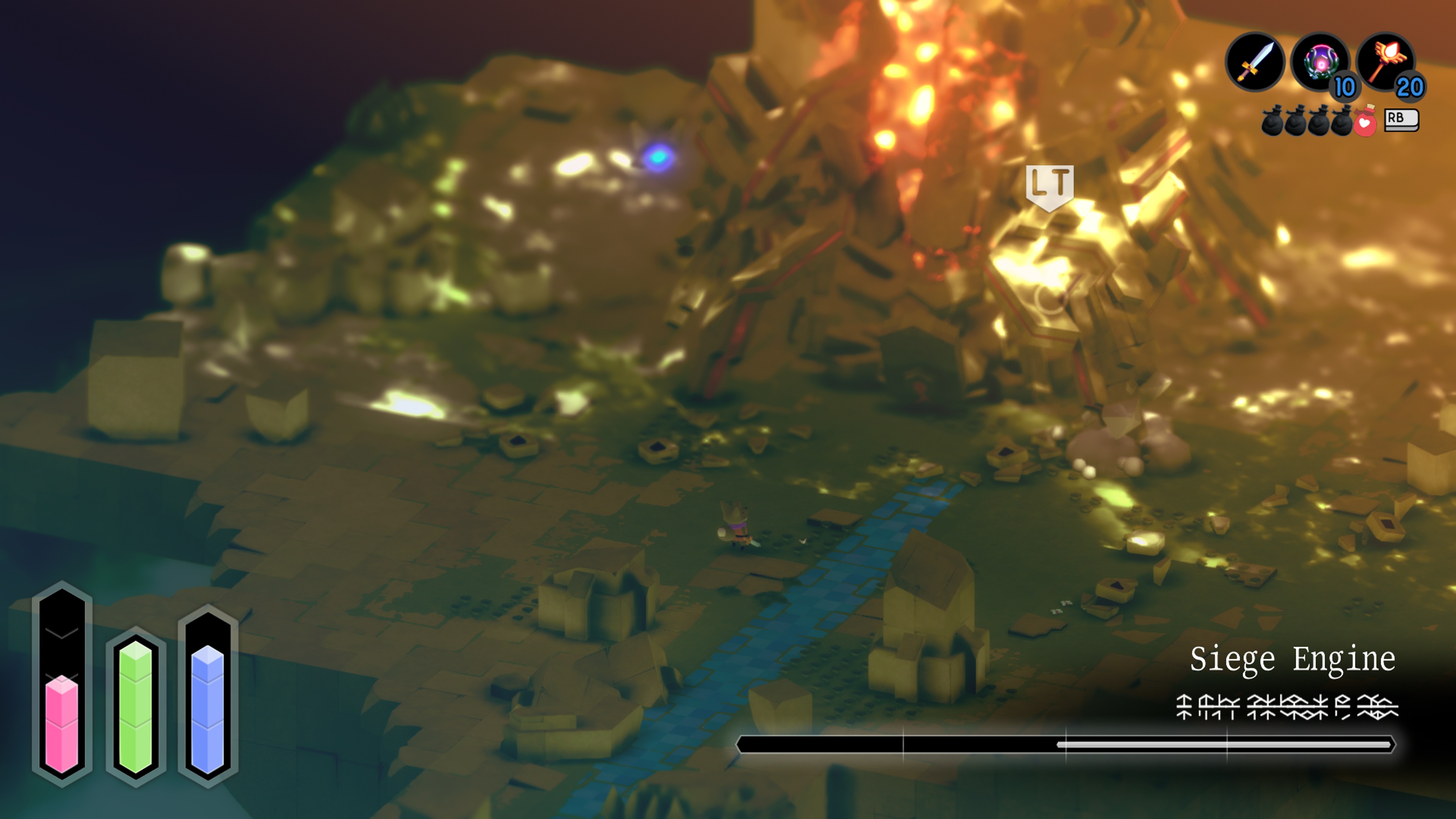
Combat is about what you’d expect, slightly sluggish but nothing too terrible when enemies are 1-on-1, when it comes to multiple targets and boss battles however, you begin to feel the rub. Sword strikes need to resolve before you can make an attempt to dodge and leads to you taking more hits than you feel you deserve – because you know you reacted to the attack, the game simply didn’t want you to move. You also slide forward with each sword swipe and recoil backwards with ranged attacks which either get you; frequently stuck on the environment, pulled into groups of enemies or pinned into a corner. Lastly, while boss’ only have a modicum of attack patterns, the ones they have are acutely problematic due to having such a wide range and short wind up that it’s almost impossible to dodge or react to and because of the fixed perspective and general soulslike experience… it fuels the fires of frustration.
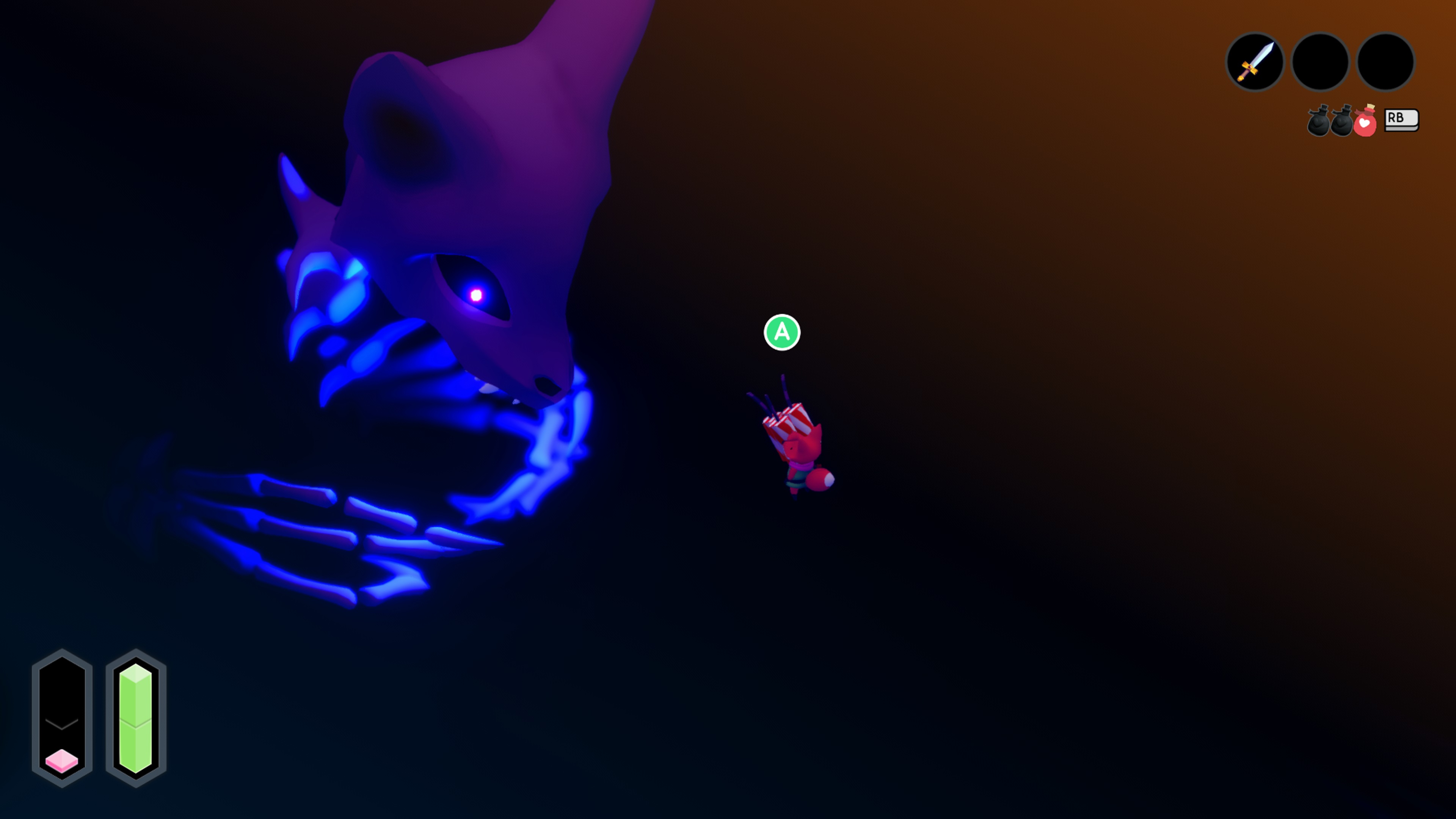
As for collectibles, most actually have a function and lead to character upgrades or unlock new equipment. The most difficult and time consuming to obtain however are the ones that have no relevance and thus prove underwhelming of the work and effort involved (Which done without a guide is going to take you hours if not days) and situate themselves in the gallery of a derelict house that also serves as your home base.

Colourful, inspired and clearly a passion project from the one-man army developer Andrew Shouldice. Tunic has some great ideas that rekindle the nostalgia of how games used to be and at the same time makes you realise that with the passage of time, not everything has its place in the modern scape of gaming, especially with how little time a lot of people have to play games nowadays. The things you love about Tunic quickly become the things you hate.
